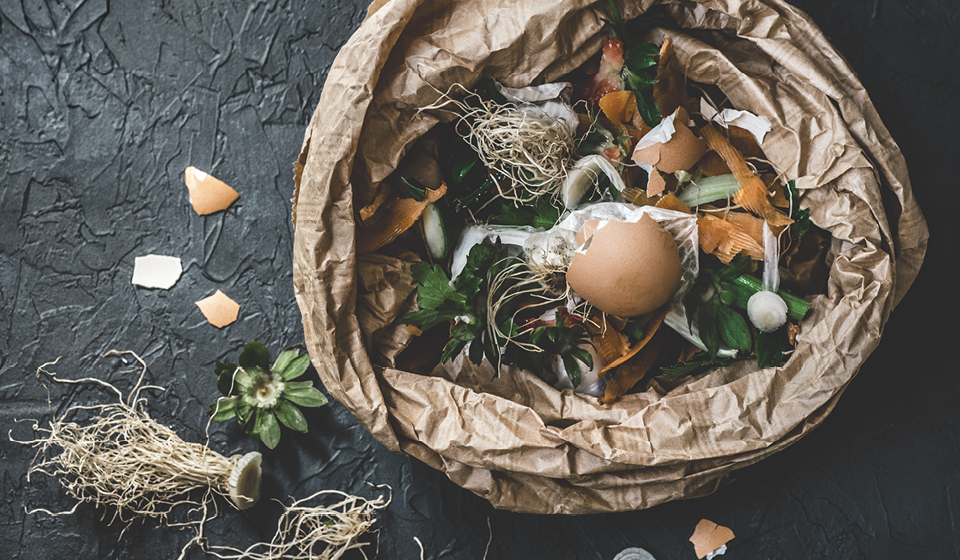
TOTSTANDKOMINGSPROCES BIOGAS
EN GISTINGSPRODUCT
TOTSTANDKOMINGSPROCES BIOGAS
EN GISTINGSPRODUCT

Duurzame
elektriciteit

Milieuvriendelijke
warmte

Organische
bemesting
Het proces waarbij biomassa verandert in biogas is ook in de natuur te zien, bijvoorbeeld in moerassen. Het organische materiaal voor de ReFood Biogasinstallaties bestaat echter compleet uit voedselresten.
Hoe dit proces ongeveer gaat? Vergelijk het met het in de zon zetten van een pan erwtensoep – dit gaat na verloop van tijd gisten, de gassen ontsnappen (deze worden dan opgevangen en in energie en warmte omgezet) waarna er een ingedikte compositie overblijft. Deze compositie is uiteraard tot in de kleinste details gehygiëniseerd (vrijgemaakt van voor menselijke gezondheid schadelijke dierlijke bacteriën) en kan rechtstreeks worden ingezet in de landbouw.



